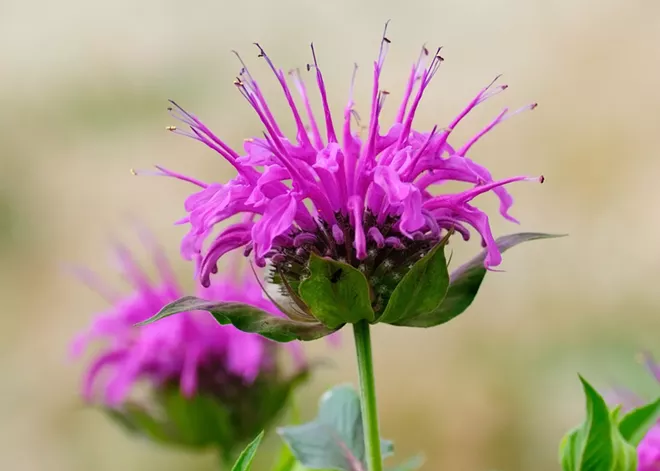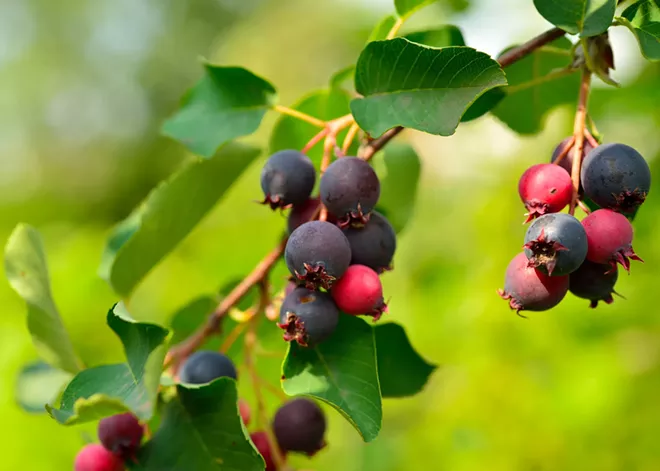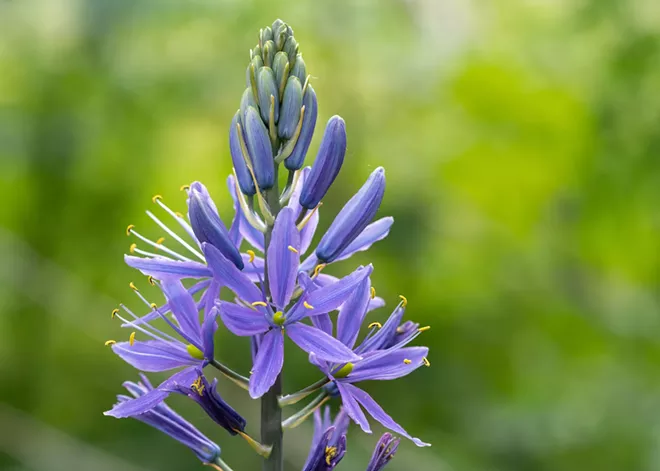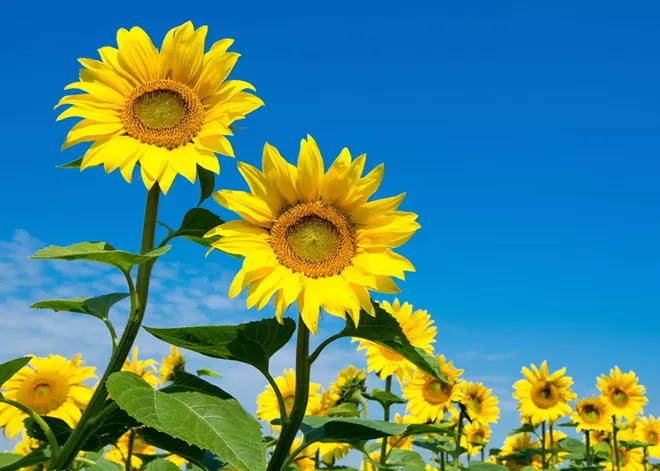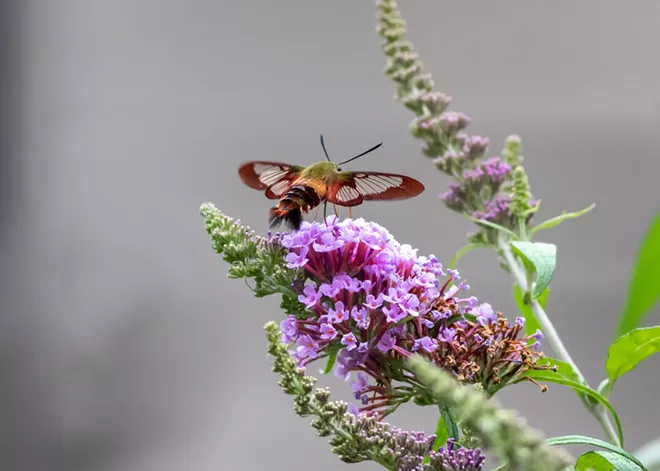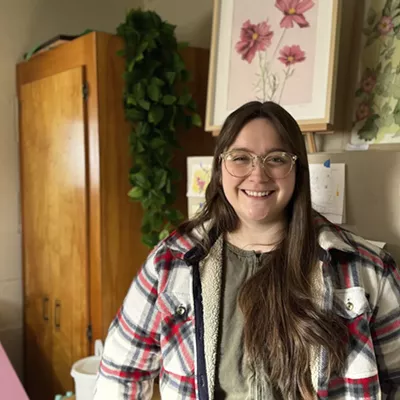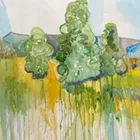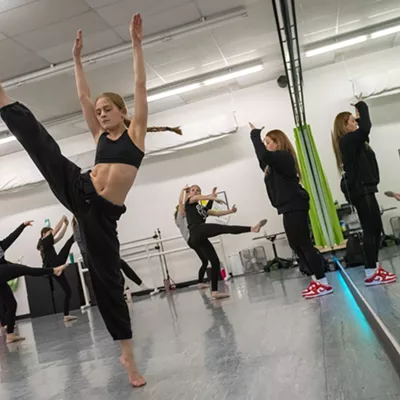Every home gardener wants to show off, and according to veteran horticulturist and gardener for the city of Spokane Mattie Whitney, the best way to do that is by filling your garden with plants that are native to the region.
On top of already being adapted to the local conditions, many native plants require less work than other non-native plants. That means they don't need fertilizers or pesticides, and they require less water once established. These plants also promote biodiversity in the Inland Northwest by providing food and shelter for local insects, birds and small mammals, Whitney says.
So whether you plan on adding some native accents to your garden or just want to start the whole thing over with the local environment in mind, Whitney's got some ideas.
MONARDA FISTULOSA
Wild bergamot requires very little maintenance and is easy to grow for beginners and pros alike.
AMELANCHIER ALNIFOLIA
The saskatoon serviceberry, sometimes known as the shrub serviceberry, is native to the region and grows safe-to-eat berries that are similar to blueberries.
CAMASSIA QUAMASH
These native camas flowers are synonymous with the spring's subtle beauty, and they can be found in almost any bulb catalog.
HELIANTHUS ANNUUS
The common sunflower is native to western North America and can add an easy pop of color to any garden.
AGASTACHE FOENICULUM
Anise hyssop plants are a perennial native to the region that produce spiky blue or lavender blooms.

